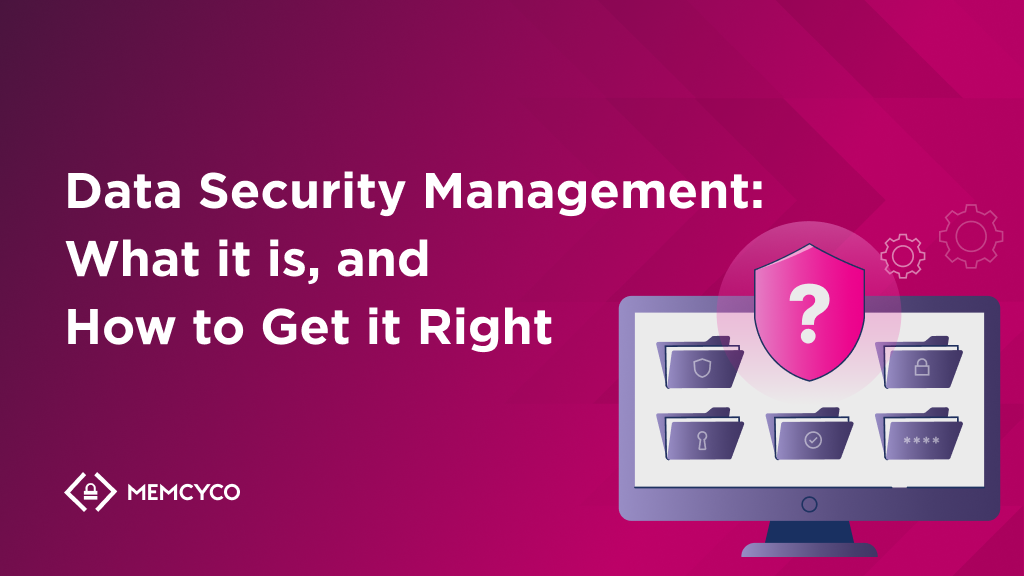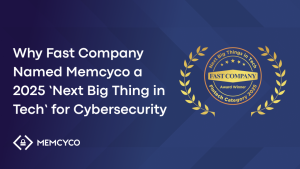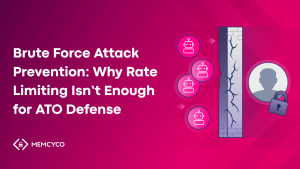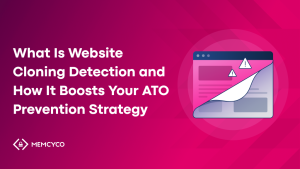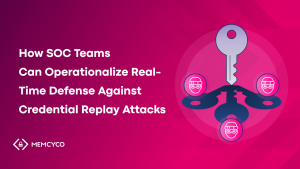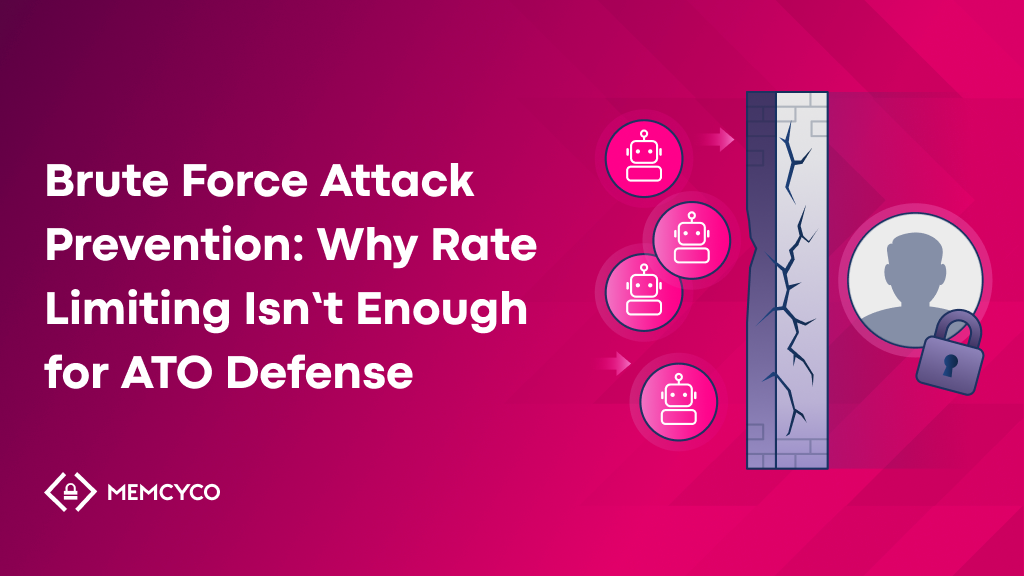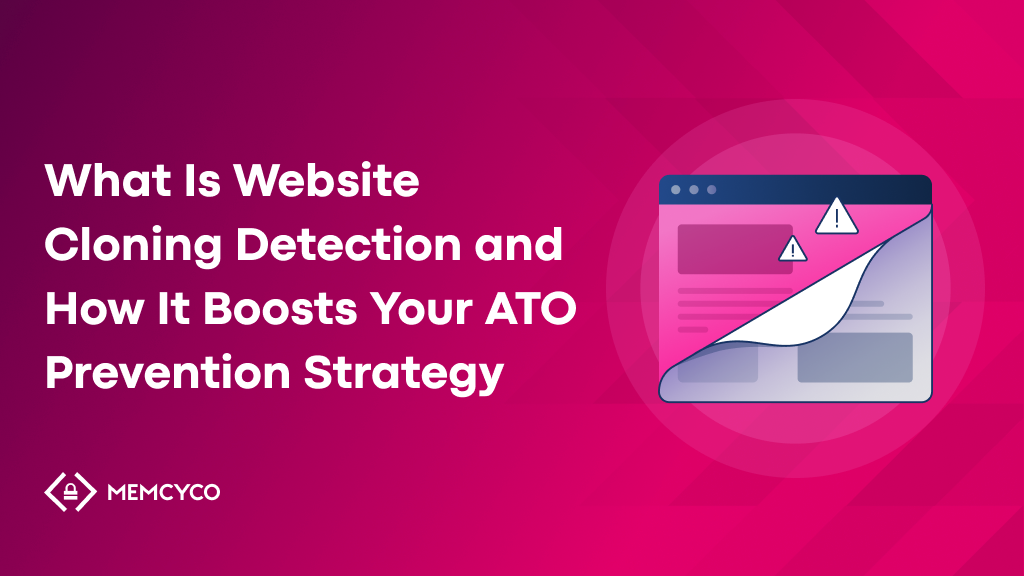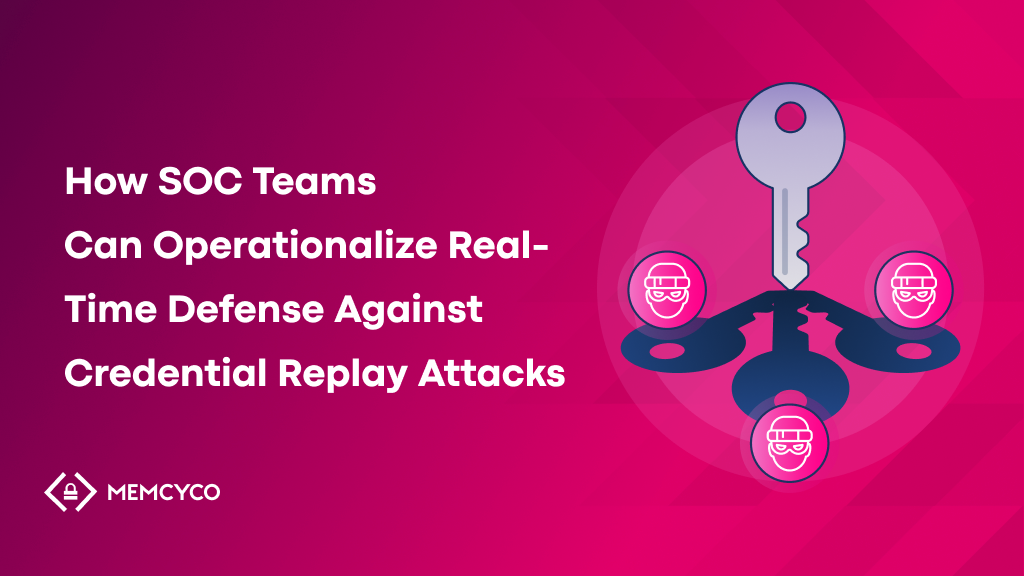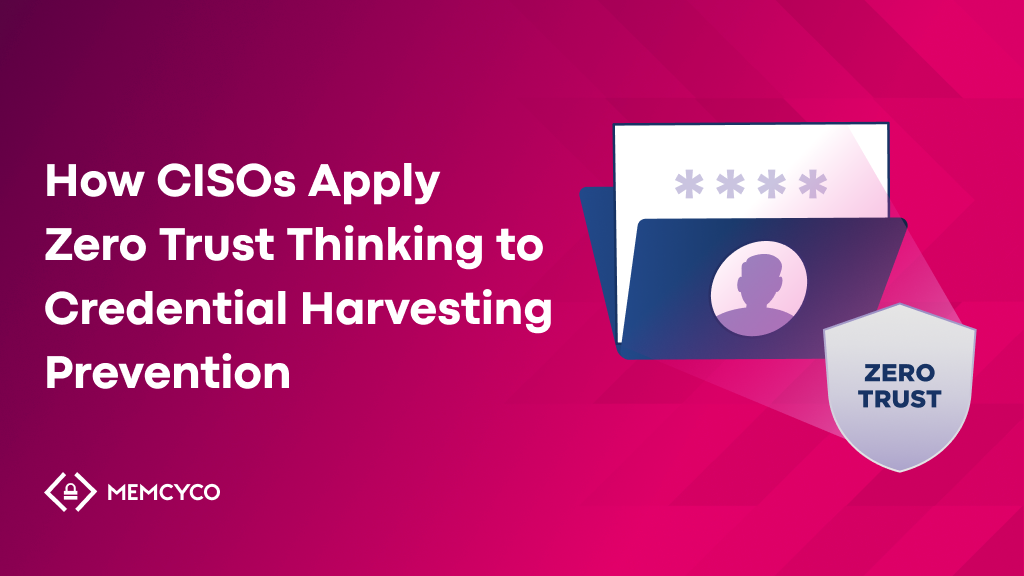As cyberattacks grow in sophistication and scale, the financial, operational, and reputational risks of unmanaged data exposure have become board-level concerns, making data security management a core business imperative. With the average data breach now costing over $4.88 million according to IBM’s 2024 Cost of a Data Breach Report, organizations must evolve their security posture from reactive containment to proactive resilience.
This guide outlines:
- What data security management entails
- Why it’s a foundational pillar of enterprise risk management
- Which threats are redefining data protection priorities
- What pragmatic steps security leaders can take now to close gaps
- Where Memcyco fits in your broader data defense strategy
What Is Data Security Management?
Data security management refers to the orchestration of people, processes, and technologies that protect critical business data-across every environment in which it lives. That includes:
- Enforcing security and data classification policies
- Monitoring for risk signals and behavioral anomalies
- Preventing data exfiltration, credential abuse, and unauthorized access
Unlike generalized cybersecurity programs, data security management is precision-focused on information governance, sensitivity-based access control, and incident containment at the data layer. It addresses not only external adversaries, but also insider threats and misconfigurations that silently open backdoors.
Why Data Security Management Is Crucial Today
Cybercriminals have significantly escalated their tactics in recent months, leveraging automation, LLMs, and low-friction spoofing kits to erode trust and bypass traditional defenses. This has created an urgent need for controls that deliver business-wide visibility, policy-driven intervention, and victim-centric response.
- AI-Powered Phishing Escalation: Phishing campaigns are now launched with precision targeting and generative content. According to Cofense, phishing attacks now occur every 42 seconds, with a 70% annual growth rate, according to Cofense.
- Brand Impersonation on the Rise: Microsoft consistently ranks as one of the most impersonated brands, alongside Amazon and Google according to a Check Point Research Q3 2024 Report. These campaigns don’t just target users-they target trust, leaving enterprises blind to the damage until it’s too late.
- Spoofing and Website Cloning Threats: Cybercriminals now routinely replicate brand websites to harvest credentials, redirect payments, and stage account takeovers (ATOs). These fake domains often slip past DNS filters and evade takedown efforts long enough to cause real harm.
With impersonation attacks becoming faster, cheaper, and harder to trace, enterprises can no longer rely solely on traditional defenses. Proactive, browser-level protection is now table stakes. For modern anti-phishing strategies, real-time impersonation detection must be embedded at the browser level-where the scam unfolds.
Benefits of Data Security Management
Securing business-critical data requires organizations to have absolute visibility into their system and implement measures like encryption, data masking, and automated audits. Robust data security management that evolves with the changing landscape of cyber threats is essential. It will help you:
- Reduce incidents of cyberattacks by proactively detecting threats and malicious intent and mitigating them before too much damage is done.
- Retain customers by ensuring that their data is secure.
- Stay compliant with data privacy laws and other governance regulations like GDPR (General Data Protection Regulation) and CCPA (California Consumer Privacy Act).
What Types of Data Should Be Secured?
A defensible data strategy begins with visibility. Before you can enforce controls, you must understand what data exists, where it resides, and how it flows. That means mapping your data estate across cloud platforms, endpoints, shared drives, and third-party services.
Security leaders should operationalize continuous classification based on data sensitivity and business impact. Consider these categories:
Restricted Data (High-Risk Impact)
The most sensitive assets: personally identifiable information (PII), customer credentials, payment information, authentication tokens-where compromise results in regulatory exposure and reputational damage.
Private Data (Medium Sensitivity)
Internal financials, strategy decks, and operational records. These need protection from both internal misuse and external exploitation.
Public Data (Low Sensitivity)
Externally published materials such as marketing content. While not high-risk, improper modifications or impersonations can still damage brand perception.Prioritize security investments based on potential blast radius, not volume.
The Key Threats to Data Security
Top data security threats include:
- Website spoofing
- Malware and ransomware
- Phishing and social engineering attacks
- Insider threats
- Data resale and reuse
The attack surface has expanded, and so have attacker tactics. Today’s adversaries blend social engineering, infrastructure spoofing, and malware delivery into coordinated campaigns. Here are five of the most persistent threats security teams must mitigate:
1. Website Spoofing
Attackers clone your brand’s site to trick customers into disclosing credentials or payment details. These spoofed sites often evade traditional filters and cause damage before takedown processes begin. Memcyco detects and disrupts this behavior in real time.
2. Malware and Ransomware
Attackers use trojans, worms, and ransomware payloads to encrypt or exfiltrate sensitive data. The focus is no longer just data theft-but business disruption and extortion.
3. Phishing and Variants
Social engineering remains a dominant initial attack vector:
- Deceptive Phishing – Generic lures targeting wide audiences
- Spear Phishing – Personalized content aimed at executives or privileged users
- Brand Impersonation – Spoofed domains and lookalike emails
- Smishing – Malicious payloads delivered via SMS
4. Data Resale and Chain Exploits
Once breached, your data becomes ammunition. It’s sold, reused, and cross-mapped to execute credential stuffing, ATOs, and impersonation fraud.
5. Insider Risk and Misuse
Security breakdowns aren’t always malicious. Misconfigured privileges, untrained staff, or disgruntled employees can expose sensitive data inadvertently or deliberately.
How to Get Data Security Management Right
Modern data security is no longer just about defending the perimeter. It requires multi-layered controls that extend visibility into user behavior, identify anomalies, and enable real-time intervention.
Here’s what security leaders should focus on:
- Protect User Accounts from ATO with Real-time Defenses
Implement a real-time phishing, ATO and digital impersonation protection solution that can accurately predict, track and proactively disrupt account takeover attempts originating from impersonation-based phishing campaigns. - Align with Regulatory Frameworks
Treat compliance as a minimum bar, not a ceiling. GDPR, CCPA, and evolving mandates demand adaptive controls and defensible audit trails. - Codify a Data Protection Policy
Clearly define how sensitive data is handled, accessed, and escalated. Use role-based models and make enforcement measurable. - Automate Data Resilience
Ensure encryption-at-rest and in-transit. Automate backups, monitor for anomalies, and validate restoration processes. - Control the Endpoint Surface
Issue corporate devices with managed access. Eliminate BYOD risk where feasible. Restrict external drive usage and browser extensions. - Embed Cybersecurity Awareness
Make phishing simulations and credential hygiene training part of onboarding and quarterly refreshers. - Enforce Zero Trust Principles
Verify everything-every user, device, session, and request. Apply just-in-time access controls and session monitoring. - Build or Outsource a Response-Ready Team
Assign responsibility for ongoing security assessments and breach response. Budget for skill development or external expertise. - Classify Continuously, Not Periodically
Use automation to tag, score, and reclassify data dynamically based on behavior and sensitivity. - Conduct Quarterly Access Reviews
Audit entitlements. Revoke dormant credentials. Flag privilege escalation risks. - Simulate Attacks Before They Happen
Run red team exercises and tabletop scenarios to evaluate policy resilience and detection speed.
FAQ: Data Security Management
What is the goal of data security management?
To ensure sensitive data remains protected from unauthorized access, misuse, or compromise-while enabling business agility.
What are the three types of data classification?
Restricted (high sensitivity), Private (moderate sensitivity), and Public (low sensitivity).
What are examples of data security best practices?
Real-time spoofing detection, encryption, access controls, phishing awareness, zero trust architecture, and behavioral monitoring.
How does website spoofing affect data security?
It undermines brand trust and exposes users to credential theft and fraud. Spoofed domains often go undetected until damage is done.
Rethink the Battle Line
The perimeter is gone. The threat actors aren’t knocking-they’re already engaging your users, in real time, through impersonation and deception.
To stay ahead, security leaders must go beyond static controls and playbook responses. What’s needed now is intelligence that operates at the moment of engagement-before credentials are harvested, before brand trust is hijacked, before attackers vanish.
Memcyco empowers security teams with real-time visibility into individual victims, live spoofing detection at the browser level, and proactive disruption of impersonation fraud-all before the attack succeeds.
